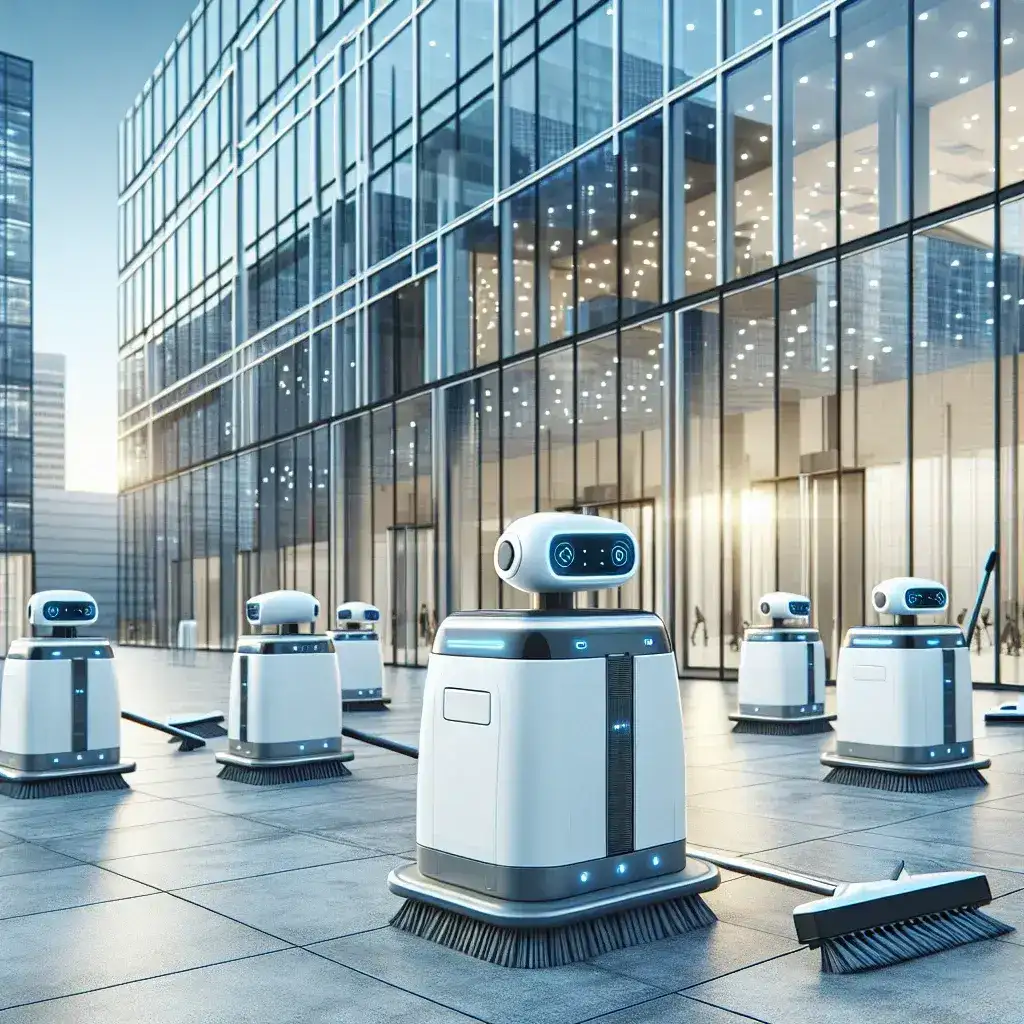Introduction
In recent years, the advent of technology has significantly transformed various industries, and one of the most compelling developments is the rise of autonomous cleaning robots. These innovative machines are quickly becoming a standard feature in commercial buildings, revolutionizing the way spaces are maintained and cleaned.
The Evolution of Cleaning Technology
Historically, cleaning tasks were labor-intensive, relying heavily on human effort. The introduction of cleaning machines like vacuum cleaners and floor scrubbers marked a significant advancement, but the true game-changer has been the introduction of autonomous robots.
Autonomous cleaning robots utilize cutting-edge technologies, including sensors, artificial intelligence (AI), and machine learning, enabling them to navigate around obstacles and optimize cleaning routes. This technological evolution has paved the way for a cleaner and more efficient future.
Historical Context
The journey of cleaning technology can be traced back several decades. The first automatic vacuum cleaner was introduced in the 1990s, but it was only with advancements in robotics and AI in the 21st century that we began to see the robots we know today. Companies have invested heavily in research and development, leading to the sophisticated machines that are now commonplace in commercial spaces.
Current Adoption in Commercial Buildings
As businesses strive for efficiency and cost savings, the adoption of autonomous cleaning robots has surged. Offices, malls, hospitals, and airports are integrating these robots into their cleaning operations.
Advantages of Autonomous Cleaning Robots
- Cost Efficiency: By reducing labor costs, businesses can allocate resources to other critical areas.
- Consistency: Robots can clean at scheduled times, ensuring a consistent level of cleanliness.
- 24/7 Operation: Autonomous robots can clean at any hour without the need for breaks.
- Enhanced Safety: With robots handling the cleaning tasks, the risk of accidents and injuries is significantly reduced.
- Eco-Friendly Options: Many robots are designed to use less water and eco-friendly cleaning solutions, promoting sustainability.
Challenges and Considerations
Despite their numerous advantages, the transition to autonomous cleaning robots is not without challenges.
Potential Drawbacks
- Initial Investment: The cost of purchasing and maintaining these robots can be a barrier for some businesses.
- Dependence on Technology: Over-reliance on robots may lead to a reduction in human oversight and intervention.
- Technical Issues: Like any technology, robots can malfunction and require maintenance, which can disrupt operations.
Future Predictions
Looking ahead, the integration of autonomous cleaning robots is expected to deepen, driven by continuous advancements in AI and robotics. We may see:
- Increased Customization: Robots tailored for specific cleaning tasks or environments.
- Enhanced AI Capabilities: Improvements in AI will allow robots to learn from their surroundings, making them more efficient over time.
- Integration with Other Technologies: Robots may work in conjunction with building management systems for comprehensive facility management.
Real Examples of Autonomous Cleaning Robots in Action
Various companies have already adopted autonomous cleaning robots with remarkable success. For instance, XYZ Corporation reported a 30% reduction in cleaning costs after integrating these machines into their routine. Another example is ABC Mall, where autonomous floor cleaners operate nightly, ensuring a pristine environment for shoppers.
Cultural Relevance and Acceptance
The acceptance of autonomous cleaning robots varies across different cultures and industries. In tech-savvy environments, such as Silicon Valley, these robots are embraced enthusiastically. However, in more traditional settings, there may be resistance due to job security concerns.
Conclusion
As we move into an increasingly automated future, autonomous cleaning robots are set to become a standard feature in commercial buildings. Their ability to enhance efficiency, consistency, and safety makes them invaluable assets in the cleaning industry. Embracing this technology not only supports operational efficiency but also positions businesses as forward-thinking and innovative.
In conclusion, the trajectory of cleaning technology suggests a bright future for autonomous cleaning robots, shaping the standards of cleanliness in commercial spaces and beyond.

